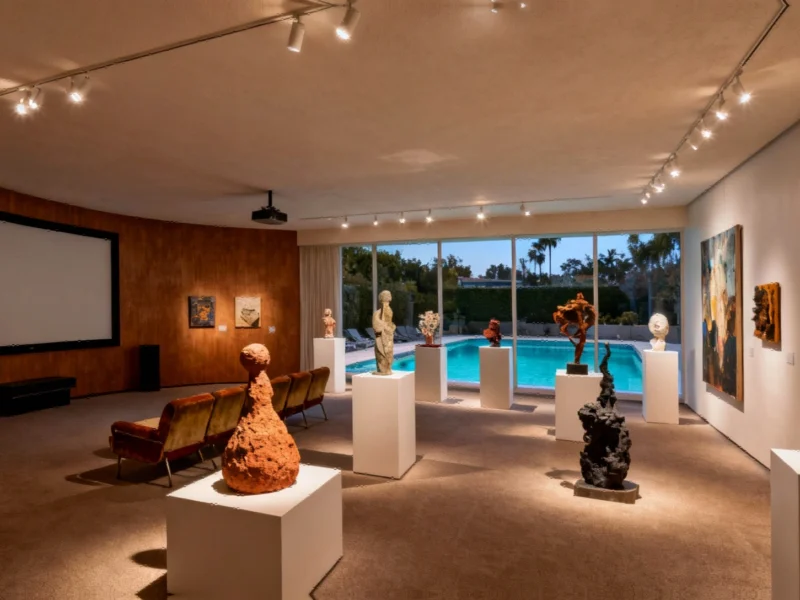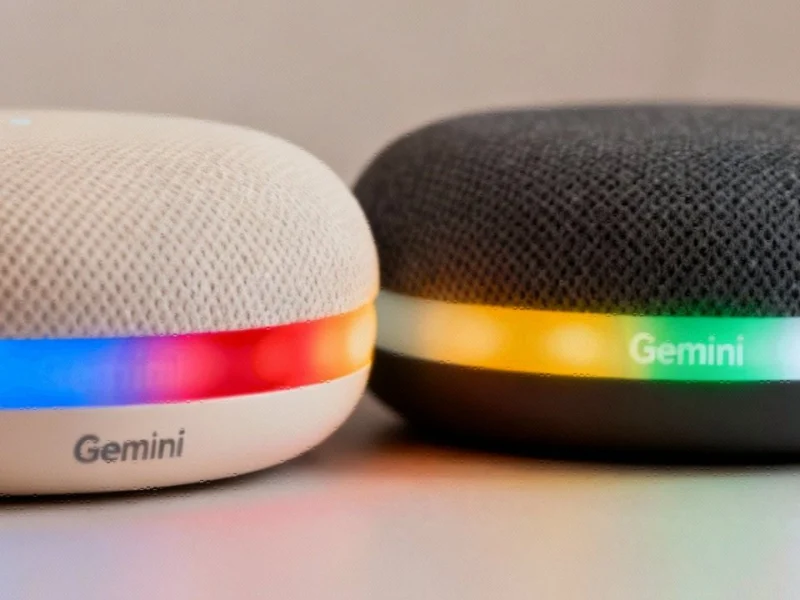Design Visionary Expands into Digital Art Ecosystem
Renowned Los Angeles designer Kelly Wearstler, known for transforming maximalism into commercial success, has launched an innovative art platform that blends artificial intelligence with multidisciplinary creativity. Side Hustle represents a strategic pivot from traditional gallery models, creating what industry observers are calling a new paradigm for artist collaboration and collector engagement. The platform’s debut coincides with a broader industry shift toward AI-enhanced creative platforms that are redefining how art is produced, experienced, and valued.
Wearstler’s venture arrives at a pivotal moment for the global art market. While overall sales declined by 12% to $57.5 billion last year according to the Art Basel and UBS Global Art Market Report, transaction volume actually increased by 3% – signaling a redistribution of energy toward the middle market where Side Hustle is positioned. This market realignment mirrors broader technological transformations affecting multiple sectors, including how infrastructure limitations impact digital expansion across industries.
Beyond the White Cube: A New Creative Framework
The platform launched on October 16 with “Again, Differently,” an exhibition staged in a historic Beverly Hills pool house previously used by the Broccoli family to screen James Bond films. This carefully curated setting exemplifies Wearstler’s approach to breaking art from conventional gallery constraints. “Side Hustle is about recognizing that inspiration doesn’t live in silos,” Wearstler explained. “We’re offering highly collectible works alongside music, film, fragrance, and more.”
What distinguishes Side Hustle from traditional art ventures is its integrated digital infrastructure. The platform operates like a product organization, built on continuous release cycles rather than one-off exhibitions. This operational model reflects similar efficiencies seen in strategic portfolio optimization within technology sectors, where assets are constantly evaluated for maximum impact.
The Artist Collective: Friction Through Diversity
Wearstler has assembled an inaugural group of ten multidisciplinary artists including Dozie Kanu, Nynke Koster, Leonor Antunes, and Sam Klemick – creators whose practices might not naturally converge in traditional settings. “We’re engaging creatives across disciplines and partnering on a project basis so they have the freedom to take real risks,” Wearstler noted. This collaborative framework creates intentional creative friction, generating sparks through proximity and cross-pollination.
The platform’s “Collected Works” component further enhances this dynamic by placing historical pieces alongside new commissions, transforming provenance from pedigree display into active conversation. This approach to contextualizing art within broader cultural narratives demonstrates how AI tools can enhance creative processes without compromising human judgment and emotional resonance.
Digital Infrastructure and Immersive Experience
At the core of Side Hustle’s innovation is “Hustle Culture,” an immersive digital platform that precedes commerce with curated content, artist profiles, and behind-the-scenes editorials. This digital layer extends the physical exhibition’s lifespan beyond its November 16 closing date through studio visits, process diaries, and custom soundtracks that continue to evolve.
The platform’s collaborative ecosystem includes contributions from former MOCA director Jeffrey Deitch, producer Kenny Beats, and olfactory studio Perfumehead – each element designed to travel beyond physical spaces and embed in memory. This multisensory approach represents a significant advancement in how complex systems integrate multiple components for maximum impact.
Operational Advantages and AI Integration
Wearstler leverages her existing 65-person studio infrastructure – typically dedicated to hotel design and furniture manufacturing – to handle Side Hustle’s fabrication and fulfillment. This operational synergy provides a competitive edge rarely available to art startups. Additionally, her substantial social media following functions as a built-in distribution network capable of sustaining attention in ways traditional galleries struggle to achieve.
The platform’s use of artificial intelligence represents perhaps its most forward-looking dimension. Wearstler emphasizes that Side Hustle employs custom large language models not to replace human taste but to accelerate research and prototyping. “The emotion and imperfection still come from us,” she stated. “AI just helps us get there faster and go further.” This balanced approach to technology integration reflects broader trends affecting all creative enterprises, including how economic policies impact creative business models across sectors.
Positioning Within the Creator Economy
Side Hustle arrives as the creator economy, projected by Goldman Sachs to reach $480 billion by 2027, continues to redefine value creation across creative disciplines. Wearstler’s successful editorial Substack, WearstlerWorld, has already demonstrated the scalability of niche authority when supported by appropriate distribution models. Side Hustle represents the codification of this approach within the visual arts.
Whether this model proves commercially sustainable remains to be seen, but Wearstler’s history of making difficult taste feel inevitable suggests significant potential. “Historically, there have been moments where these disciplines converged,” she observed. “I believe we’re on the cusp of another one, and Side Hustle could be the blueprint for how the next generation thrives.” The platform ultimately addresses what Wearstler identifies as an infrastructure problem – the sweet spot between scarcity and scale – by building a system rather than targeting a static point.
Based on reporting by {‘uri’: ‘forbes.com’, ‘dataType’: ‘news’, ‘title’: ‘Forbes’, ‘description’: ‘Forbes is a global media company, focusing on business, investing, technology, entrepreneurship, leadership, and lifestyle.’, ‘location’: {‘type’: ‘place’, ‘geoNamesId’: ‘5099836’, ‘label’: {‘eng’: ‘Jersey City, New Jersey’}, ‘population’: 247597, ‘lat’: 40.72816, ‘long’: -74.07764, ‘country’: {‘type’: ‘country’, ‘geoNamesId’: ‘6252001’, ‘label’: {‘eng’: ‘United States’}, ‘population’: 310232863, ‘lat’: 39.76, ‘long’: -98.5, ‘area’: 9629091, ‘continent’: ‘Noth America’}}, ‘locationValidated’: False, ‘ranking’: {‘importanceRank’: 13995, ‘alexaGlobalRank’: 242, ‘alexaCountryRank’: 114}}. This article aggregates information from publicly available sources. All trademarks and copyrights belong to their respective owners.



